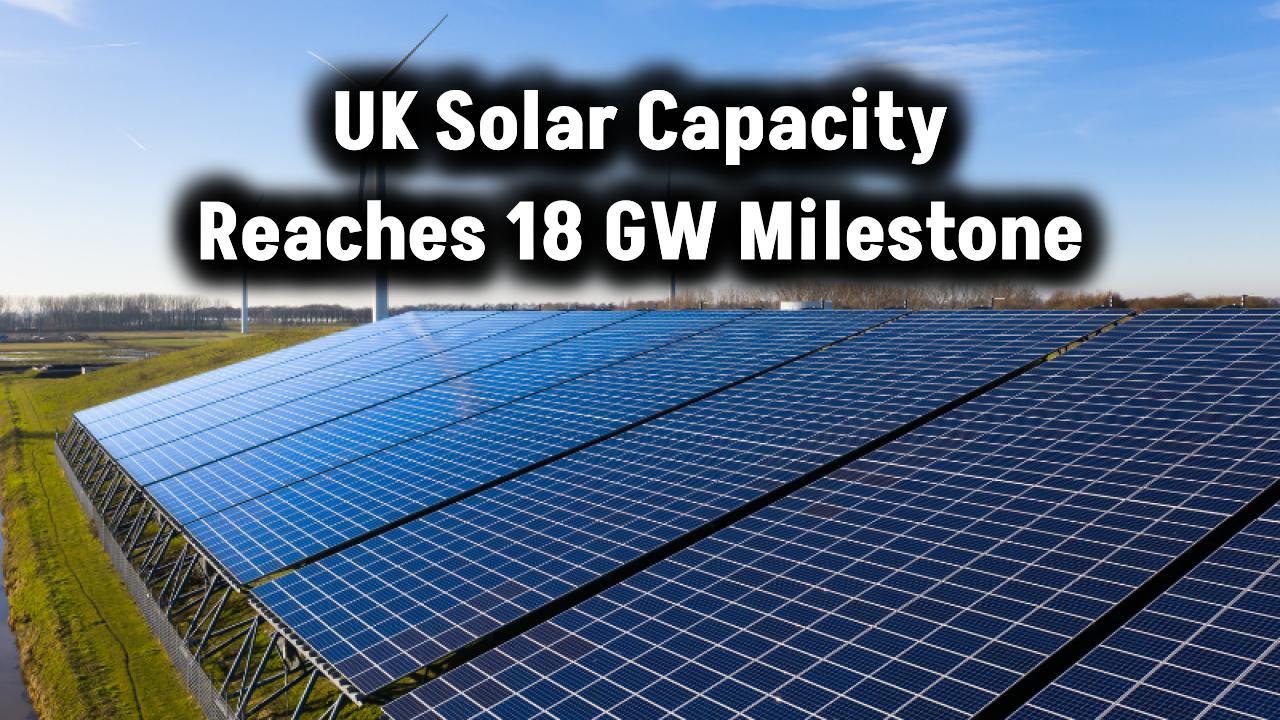
Solar panels on rooftops could soon become the norm across England. In a bold move to combat climate change and lower energy bills, the UK government has announced a major policy shift: starting in 2027, the vast majority of newly built homes in England will be legally required to have solar panels installed. This measure is a central part of the government’s strategy to meet its net-zero emissions target and to future-proof the country’s housing stock.
While this change may sound sudden, it’s part of a growing trend toward renewable energy adoption, energy efficiency, and climate-conscious development. With electricity prices remaining volatile and carbon reduction commitments intensifying, this shift has both economic and environmental implications for homeowners, developers, and policymakers.
Also Check: Europe’s Solar Power Surge: Adding 70 GW Capacity in 2025
What the New Solar Panel Law Means
Starting in 2027, almost all new homes built in England will need to install solar photovoltaic (PV) systems during construction. This requirement mandates that solar panels cover at least 40% of a home’s ground floor footprint, making clean energy a built-in feature rather than a future upgrade.
This policy is embedded within the Future Homes Standard, a framework introduced by the UK government to ensure that all new homes are zero-carbon ready—meaning they produce significantly lower greenhouse gas emissions from the outset and won’t need retrofitting in the future.
This change marks a dramatic shift from optional green building features to legally required environmental infrastructure.
Why Is This Happening Now?
The timing is not arbitrary. This policy comes amid:
- A global energy crisis and rising utility costs
- Increased pressure to meet legally binding net-zero emissions goals by 2050
- Commitments to build 1.5 million new homes in England by the end of the current parliamentary term
It’s also about giving future homeowners a better deal. Despite the added construction cost, which the government estimates at £3,000–£4,000 per home, the annual energy bill savings are expected to exceed £1,000—meaning homeowners could break even within just four years.
Also Check: Get Paid to Go Solar? Here’s What the US Government Is Offering in Solar Panel Incentives
Economic and Environmental Impact of Solar Requirements
Cost vs Savings Breakdown
- Installation Cost: £3,000–£4,000 (included in home price)
- Annual Energy Savings: £1,000–£1,200
- Break-even Period: ~4 years
- Lifespan of Panels: 25–30 years (with warranties)
This makes the inclusion of solar not just a green initiative, but also a smart long-term investment for buyers.
Carbon Emission Reductions
According to the UK Department for Energy Security and Net Zero, a standard 4kW solar panel system can reduce CO₂ emissions by 1.6–2 tonnes annually—equivalent to planting over 60 trees every year.
Challenges for Builders and Developers
While green groups have praised the policy, homebuilders aren’t all on board. The Home Builders Federation (HBF) has voiced concerns, particularly around:
- Roof space availability, especially in terraced or compact homes
- North-facing roofs, which reduce panel efficiency
- Increased complexity in planning and design
There’s also a concern about passing costs onto consumers, though analysts argue that energy savings and higher resale value can offset this.
Support for Retrofitting Existing Homes
The UK government has also pledged to support retrofit programs for existing homes, which make up the bulk of the UK’s carbon emissions. These will include:
- Green Loans at low interest
- Home Upgrade Grants
- Expansion of the Energy Company Obligation (ECO+) scheme
Homeowners can visit gov.uk to check eligibility and application timelines.
Wider Renewable Energy Push: Car Parks, Heat Pumps, and More
The solar home initiative is part of a broader national strategy to mainstream renewables and energy efficiency across the UK. Other key proposals include:
- Solar canopies over all new car parks
- Expansion of heat pump installations
- Upgrades to EV charging infrastructure
Together, these changes signal a significant acceleration in the UK’s green energy transition.
Practical Advice for Homebuyers & Builders
For Buyers:
- Ask developers for specifics about the solar setup (kW rating, warranty, brand)
- Ensure the system includes a smart meter to monitor usage
- Consider pairing solar with battery storage for maximum efficiency
For Builders:
- Plan for solar-compatible roof angles early in the design process
- Train teams in solar PV installation compliance
- Use available grants for sustainable construction under Future Homes Hub
Future Homes Standard
Beyond solar, the Future Homes Standard aims to outlaw fossil fuel heating systems (like gas boilers) in new builds by 2025 and shift entirely to electric-based solutions such as:
- Air source heat pumps
- Underfloor heating
- Highly insulated materials
These changes will work in tandem with solar power to make homes energy-efficient from day one.
FAQs
Q1. Is it mandatory for all new homes in the UK to have solar panels by 2027?
Yes, in England, nearly all new homes must include solar panels from 2027 onward, unless exempt due to roof design or other constraints.
Q2. Will this make homes more expensive?
Initial build costs will rise by about £3,000–£4,000, but energy bill savings of £1,000+ annually will quickly offset this.
Q3. What if I already own a home—do I need to add solar?
No, but the government will offer grants and loans to retrofit existing homes as part of its broader net-zero push.
Q4. How long do solar panels last?
Most solar panels have warranties of 25–30 years and require minimal maintenance.
Q5. Can I store excess solar power?
Yes, with a solar battery like the Tesla Powerwall or Enphase, you can store unused power for later use or during outages.
Also Check: Farmers Test Solar Panels on Crops — What They Found Could Revolutionize Global Food Production








